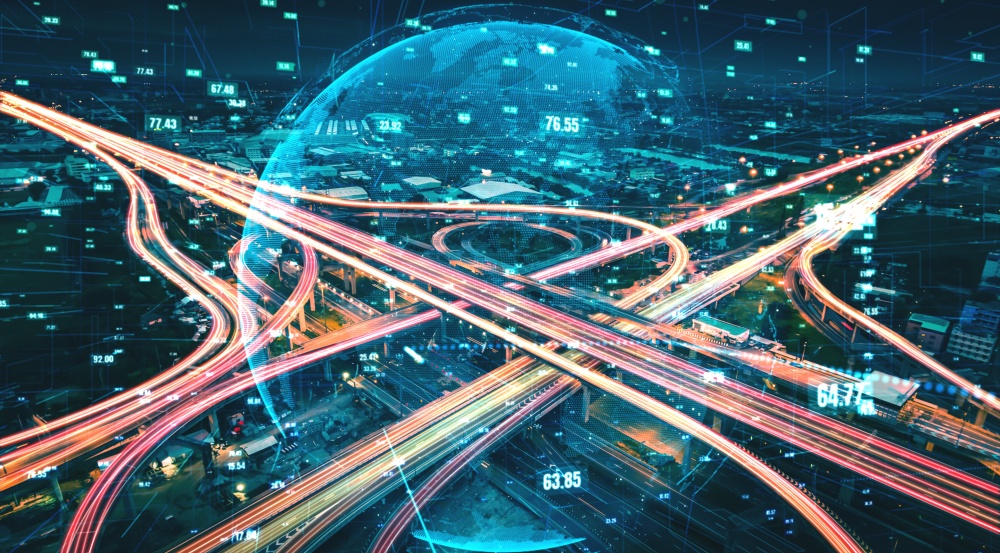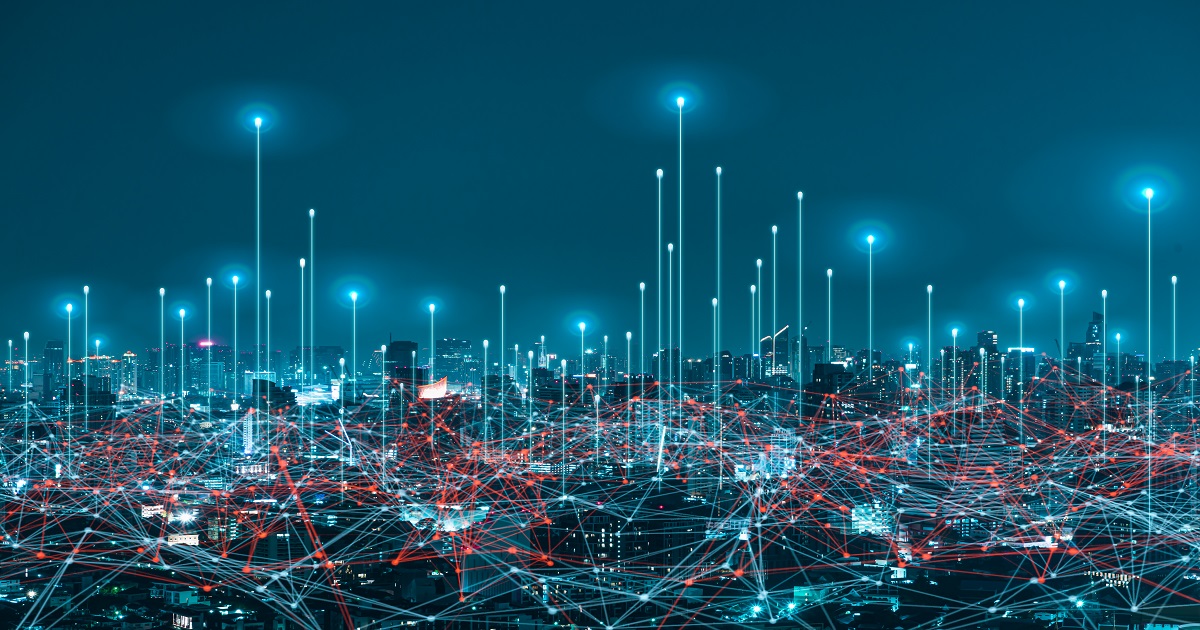
All over the world, countries, communities and companies are investing in much-needed and desirable infrastructure updates and improvements. This is important and necessary, but it’s become clear that these advancements in infrastructure need to be taken on with social issues and responsible growth in mind as key elements of the strategy.
In the US, particularly, this is (finally) being explicitly stated. In the Infrastructure Investment and Jobs Act, passed into law in November 2021, and going into effect this year covering the next decade, the bill’s stated goal is to “...rebuild America’s roads, bridges and rails, expand access to clean drinking water, ensure every American has access to high-speed internet, tackle the climate crisis, advance environmental justice, and invest in communities that have too often been left behind.”
With that set of admirable goals in mind, how does this planned $1.2 trillion in infrastructure investment intersect with both technological improvements and socially responsible implementation?
For a deep dive into these topics, especially the Infrastructure Investment and Jobs Act, and socially responsible infrastructure investments, check out the Intelligent Infrastructure event taking place April 28-29 in Austin, TX, where (among others) Timothy Drake, VP, Public Policy & Regulatory Affairs, Intelligent Transportation Society of America (ITSA) and Jody Ranck, Topio Networks, will be speaking directly to these issues and their IoT and Edge impacts.
As a quick overview, however, Ranck has said there are 10 key areas that have real impact upon making intelligent infrastructure development both powerful and socially sound. She will be covering them in detail at the event, but the key issues to keep in mind from that list are: privacy, equity for marginalized groups, looking deeper into the underlying impacts of data collection, community/citizen engagement, and transparency into the processes and uses of intelligent infrastructure. To that list, I’d add an explicit recognition of climate change as a problem, and mitigation, as a goal.
In the bill, as outlined, it mainly looks at what I’ll call “hard” infrastructure goals, like cleaner water, repaired roads and bridges, improved mass transit and air travel, and supply chain. It does address one key technological goal in providing universal internet access, which is admirable, but long-overdue. Several goals are aimed toward reducing climate change drivers like fossil fuel use and mitigating its effects through resiliency of power supply, transportation systems and internet.
Although the bill does mention social issues like those outlined by Ranck, they are always as part of one of the (pardon the pun) concrete objectives and are not treated as goals in and of themselves.
This puts the responsibility onto the local communities and companies to make sure they keep the important social impacts of development at the front of any smart infrastructure plans to take advantage of this influx of federal investment.
Communities that are looking to leverage Intelligent Infrastructure to grow toward being Smarter would be wise to make sure they not only make sure they are building with good technology like Intelligent Edge architecture and Energy efficiency in addition to climate change resiliency, they must also make sure to protect privacy, avoid creating areas of disadvantage for citizens and all the other points outlined by Ranck.
The future of Smart City is as dependent upon the involvement of the people in the communities as much as it is the investment of the companies and governments spending money in them.
Ken Briodagh is a storyteller, writer and editor with about two decades of experience under his belt. He is in love with technology and if he had his druthers would beta test everything from shoe phones to flying cars.Edited by
Erik Linask





